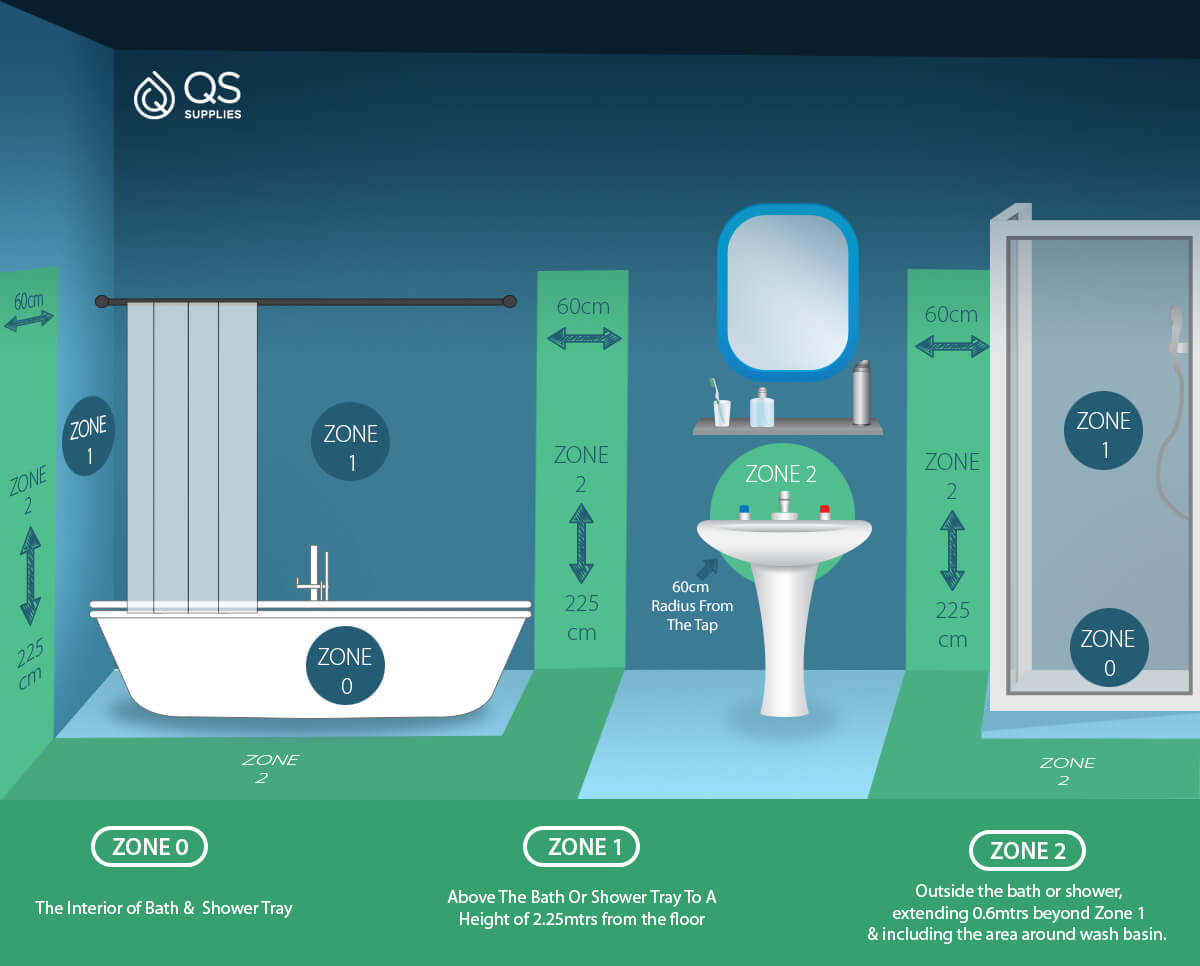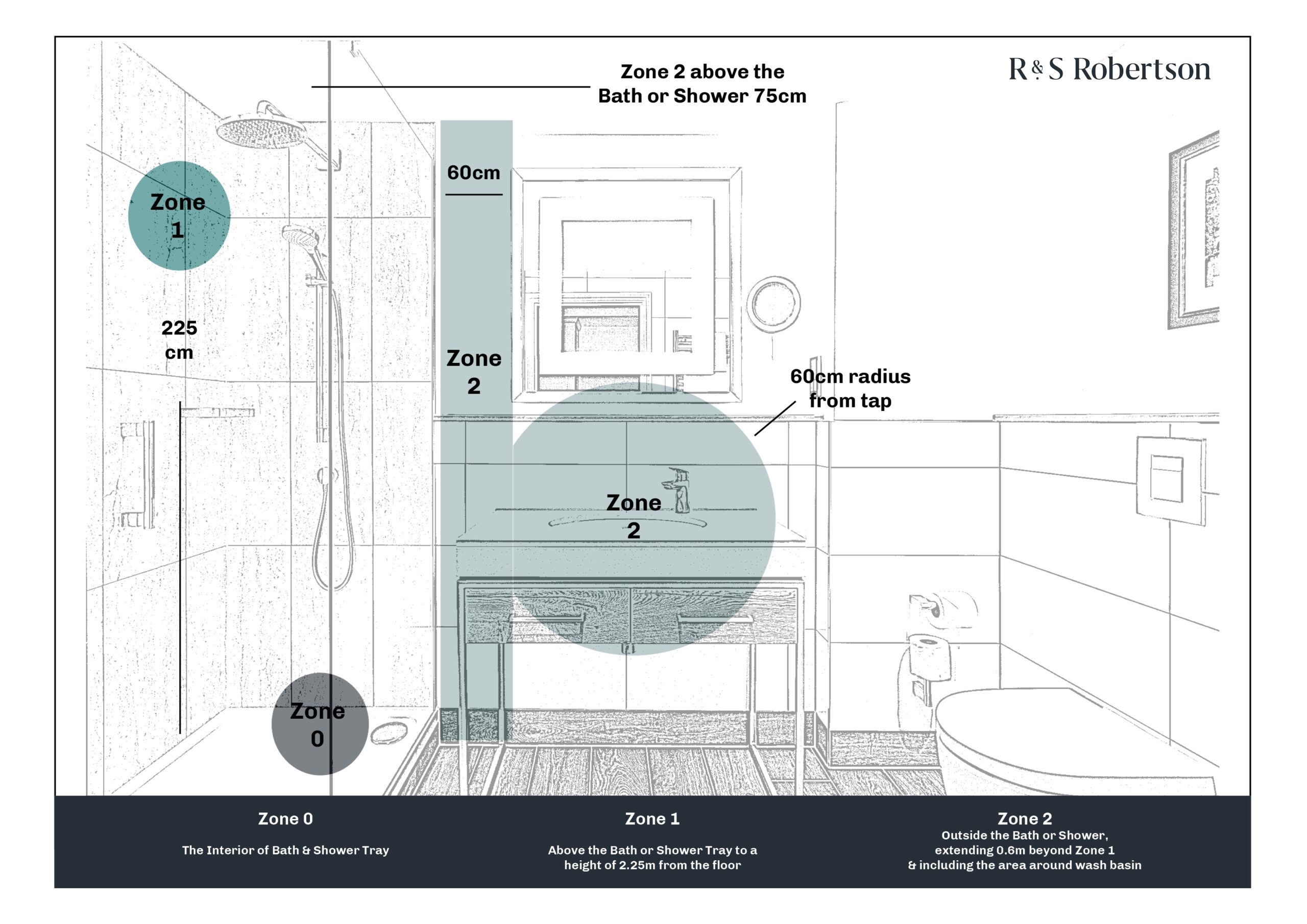UK Building Regulations for Bathroom Lighting

Bathroom light regulations uk – The UK Building Regulations set forth specific requirements for bathroom lighting to ensure safety, functionality, and energy efficiency. These regulations cover aspects such as light placement, lumen output, and IP ratings, among others.
Proper lighting in bathrooms is crucial for various reasons. Adequate illumination facilitates daily activities like grooming, shaving, and applying makeup. It also enhances safety by reducing the risk of slips, falls, and other accidents. Moreover, appropriate lighting can create a comfortable and inviting ambiance in the bathroom.
Bathroom light regulations in the UK may not immediately come to mind when considering feng shui interior design , but the interplay of light and energy in a space is a fundamental principle of feng shui. Understanding how to harness the power of light in your bathroom, in accordance with feng shui principles, can elevate your daily routine and create a more harmonious and energizing space.
Light Placement and Minimum Lumen Output
The Building Regulations specify the minimum lumen output required for bathroom lighting. This varies depending on the size and usage of the bathroom. For example, a small bathroom (less than 3 square meters) requires a minimum of 150 lumens, while a larger bathroom (over 9 square meters) requires at least 300 lumens.
The regulations also stipulate that the light source should be placed in a way that provides even illumination throughout the bathroom. This can be achieved using a combination of overhead lighting and wall-mounted fixtures.
IP Ratings
Bathrooms are prone to moisture and humidity, which can damage electrical fixtures. To ensure safety, the Building Regulations require that bathroom light fixtures have an appropriate IP rating. IP ratings indicate the level of protection against water and dust ingress.
Bathroom light regulations in the UK ensure that bathrooms are adequately lit for safety and functionality. If you’re looking to add a touch of style to your bathroom, consider decorating it with stephen curry wallpaper. Not only is it visually appealing, but it can also help create a calming and inviting atmosphere.
When choosing bathroom lights, it’s essential to consider factors such as brightness, color temperature, and placement to comply with regulations and create a comfortable and functional space.
For bathroom lighting, an IP rating of at least IP44 is recommended. This means that the fixture is protected against water splashes from any direction.
Energy Efficiency and Bathroom Lighting: Bathroom Light Regulations Uk

In the UK, energy efficiency regulations for bathroom lighting aim to reduce energy consumption and promote sustainable practices. These regulations encourage the use of energy-efficient lighting technologies, such as LED bulbs and sensors, to minimize energy wastage.
Designing an energy-efficient bathroom lighting system involves considering factors such as the size of the bathroom, the amount of natural light available, and the specific tasks performed in the space. By carefully selecting and positioning light fixtures, it is possible to create a well-lit bathroom while minimizing energy consumption.
LED Bulbs
LED bulbs are highly energy-efficient, consuming up to 85% less energy than traditional incandescent bulbs. They also have a significantly longer lifespan, lasting up to 50,000 hours compared to 1,000 hours for incandescent bulbs. This reduces the need for frequent bulb replacements, further contributing to energy savings.
Sensors, Bathroom light regulations uk
Motion sensors and occupancy sensors can be used to automatically turn lights on when someone enters the bathroom and turn them off when the space is unoccupied. This eliminates the need to manually switch lights on and off, reducing energy wastage.
Cost Savings and Environmental Benefits
Using energy-efficient lighting in bathrooms can lead to significant cost savings on energy bills. Additionally, it contributes to reducing greenhouse gas emissions and promoting environmental sustainability.
Aesthetics and Bathroom Lighting

Lighting plays a crucial role in creating the desired ambiance in bathrooms, transforming them from functional spaces into havens of relaxation or invigorating sanctuaries. It has the power to set the mood, enhance the overall design scheme, and accentuate specific architectural features.
Accent Lighting
Accent lighting is a technique used to highlight specific areas or objects within a bathroom. By directing light towards a particular focal point, such as a mirror, artwork, or a unique architectural element, it creates a sense of depth and draws attention to the desired feature. Accent lighting can also be used to create a dramatic effect by casting shadows and highlighting textures.
Mood Lighting
Mood lighting focuses on creating a specific atmosphere within the bathroom. It involves using warm, diffused light to create a relaxing and inviting ambiance or cooler, brighter light to promote alertness and energy. Mood lighting can be achieved through the use of dimmers, colored bulbs, or strategically placed light fixtures that emit light in specific directions.
Design Scheme Considerations
When choosing bathroom lighting, it is essential to consider the overall design scheme of the space. The style of the fixtures, the color temperature of the light, and the placement of the light sources should all complement the existing décor and create a cohesive look. For example, a traditional bathroom with classic fixtures would benefit from warm, ambient lighting, while a modern bathroom with sleek lines and minimalist accents would be well-suited to cooler, more directional lighting.